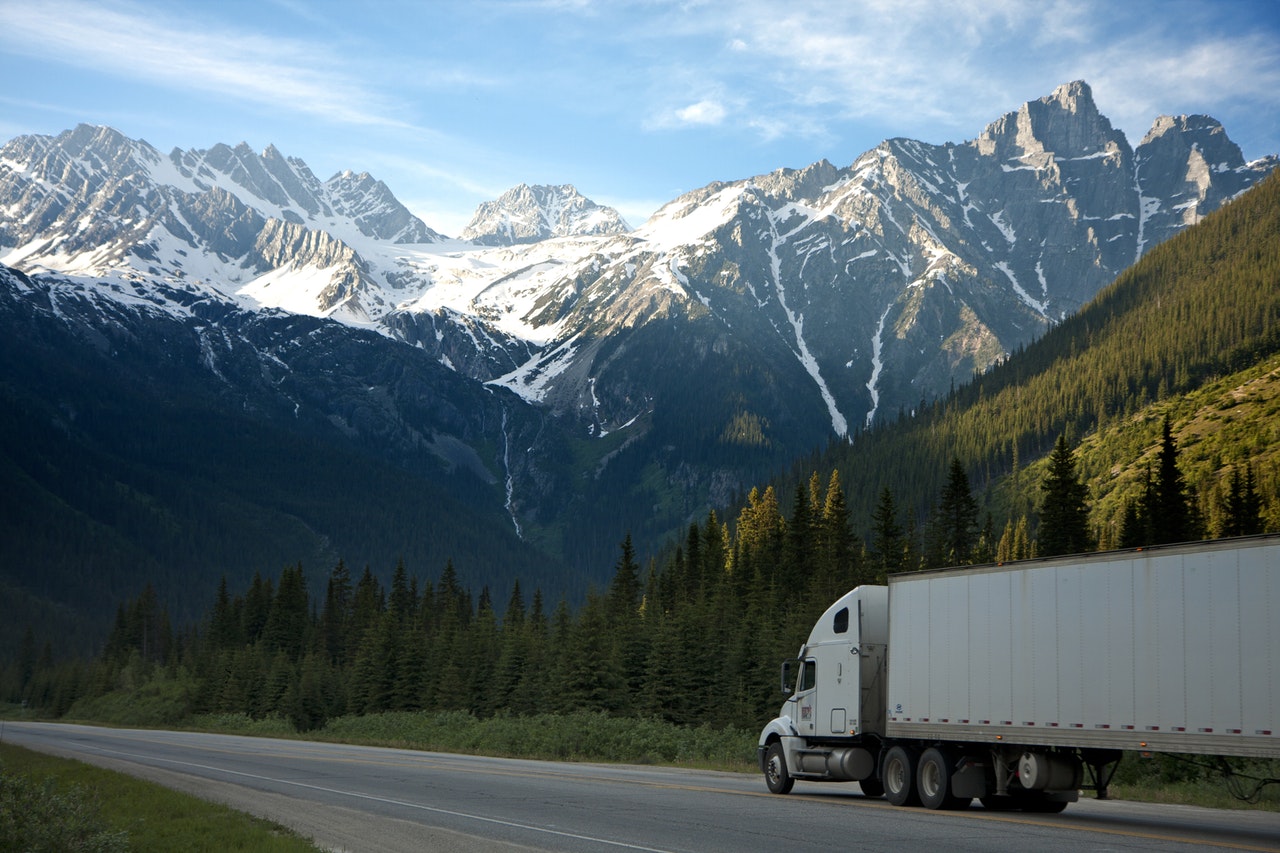Trucking accounts for transportation of a staggering 80% of all cargo in the United States. Now, that’s four times as much as air, water, pipeline, and rail combined. The point is – trucking is a lucrative venture. However, you have to get the basics right. Here’s how to go about it.
1. Hire Experienced Drivers
An estimated 500,000 trucking accidents happen every year in the U.S. Up to 15% of fatalities are pedestrians, motorcyclists and bicyclists. It, therefore, makes perfect sense to employ drivers with years of trucking experience. Most importantly, the ideal driver shouldn’t have a history of accidents.
See, the last thing that you want for your business is to get sued by pedestrian hit or injured by your truck. Other than creating unnecessary inconveniences, lawsuits can force you to pay huge amounts as compensation to the victim(s).
With the help of experienced law attorneys, injured pedestrians can claim damages amounting to tens of thousands of dollars, bringing your business to its knees. Click here to read more about hefty compensations awarded to pedestrians who suffered fatal injuries after being hit by distracted truck drivers.
The long and short of it is; do not compromise when it comes to hiring qualified, experienced drivers with a clean record on the roads.
2. Focus on Hauling Specialized Loads
As a rule of thumb, you should target markets that large carriers avoid. You won’t make a decent revenue with a dry van, for instance. There’s a lot of competition from operators trying to haul “easier” loads. Even then, there isn’t a shortage of market that you can target. You may, for example, transport fresh produce and meat. Why? Well, there isn’t too much competition, and you’ll have customers all year-round. Plus, such a market is resistant to recession.
3. Know the Rates to Charge
While this is a no-brainer, many startups in the trucking industry don’t get it right from the get-go. Your rates have to be high enough to give you a reasonable profit and cover all of your operating costs. You need to determine your rates before marketing your business or calling shippers. So, choose your freight lane, go to a load board and find at least ten loads going in one direction. Get in touch with the brokers and establish how much they pay. Calculate the average and add 10 to 15% to know what brokers charge shippers. Repeat the procedure for the opposite direction.
4. Develop a Fuel Buying Strategy
Fuel is the largest expense in the trucking business. Don’t be swayed to think that the lowest pump price translates to saving money. On the contrary, you’ll lose thousands of dollars if you use this approach. The problem is fuel taxes. While regular drivers pay taxes in every state that they buy fuel, truck drivers have to deal with the International Fuel Tax Association (IFTA).
You should advise your drivers to buy fuel at the lowest base price, no matter the pump price. And so you may know, base price = fuel price – tax.
5. Collaborate with Shippers
Sure, you need brokers and load boards especially when your truck is empty. They are, however, relatively expensive. Brokers, at times, can retain up to 20% of the load price. So, make sure that you create a client list of direct shippers to reduce your dependence of load boards and brokers. On top of that, offer the shippers a competitive rate to entice them to give you business.
The Take-Away Message
You can make money with a trucking business as long as you know how to run it. Don’t forget to set up an efficient back office. You will need a centralized location as you start to increase the number of leased drivers to your operation. Of course, you can’t run a successful hauling business without accounting software, so get one as soon you can.










